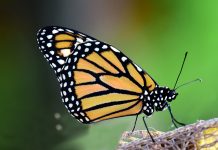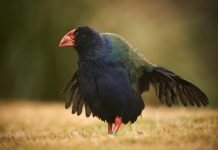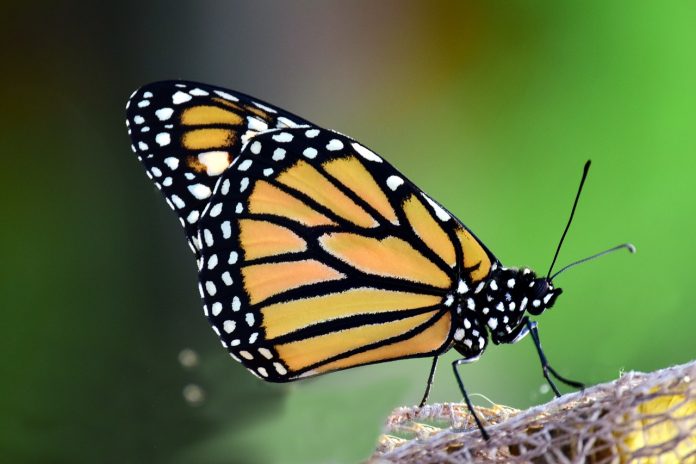The Monarch, scientifically known as Danaus plexippus is widespread in the conterminous United States and in southern Canada. One of the most recently studied species is the monarch butterfly and also candidate species for protection from the Endangered Species Act of the United States. The United States Fish and Wildlife Service (USFWS) requires a large amount of data to decide whether monarch butterflies should be classified as threatened or endangered species.
Scientists have reported a 90% decrease in Mexico’s 20-year average population. The Western monarchy population had declined by an estimated 50% from its long-term average. Biologists often conduct surveys on species and their habitats and want to know the size of the population to see if special protection is needed. In here, brief the monarch’s North American distribution, population, life history, recent conservation status, and causes of decline.
As a species, the monarch is apparently secure, not in immediate danger of extinction. In many places where it is not strongly migratory or is nonnative, the populations remain stable, across the range of the species. Though, the subspecies occurring in North America and the two North America populations are threatened.
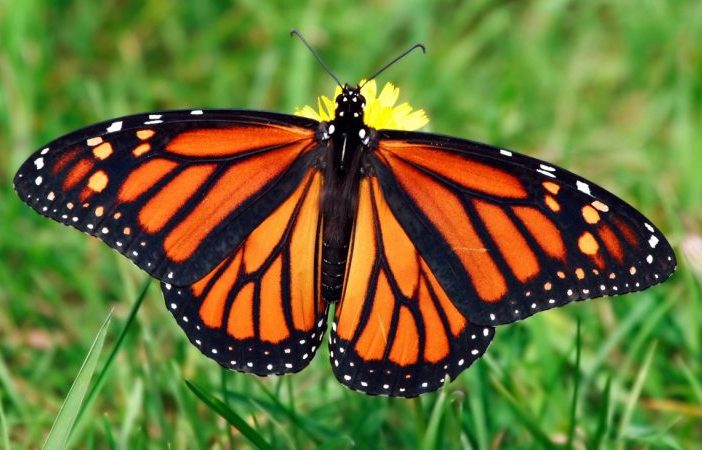
The eastern monarch population is get in to critically endangered, by emerging widespread threats. Slightly slower rate of decline and less widespread threats is categorized the western monarch population as vulnerable to imperiled. Thus despite the species as a whole being apparently secure, the two major populations are now threatened with extinction, at the heart of the range. The subspecies that includes these two populations, Danaus plexippus plexippus, is also vulnerable to extinction.
Scientists are researching on Monarch by tracking where they found monarch and their habitats. Monarch butterfly habitat is identified by having one main type of plant: Milkweed. Milkweed is a flowering plant that will sprout in the grasslands around the home gardens in the spring or summer. Its flowers provide nectar for adult monarchs to drink. In addition, Milkweed is the only food that Monarch caterpillars can eat. For that reason, Monarch females lay eggs only on milkweed plants.
Monarch eggs placed on milkweed, become to caterpillars, which then begin to munching away on milkweed leaves. Any area with milkweed is a potential monarch breeding habitat. The milky white substance found in milkweed plants is actually poisonous to most animals but not to Monarch. In fact, by munching milkweed as caterpillars, Monarch become poisonous to predators.
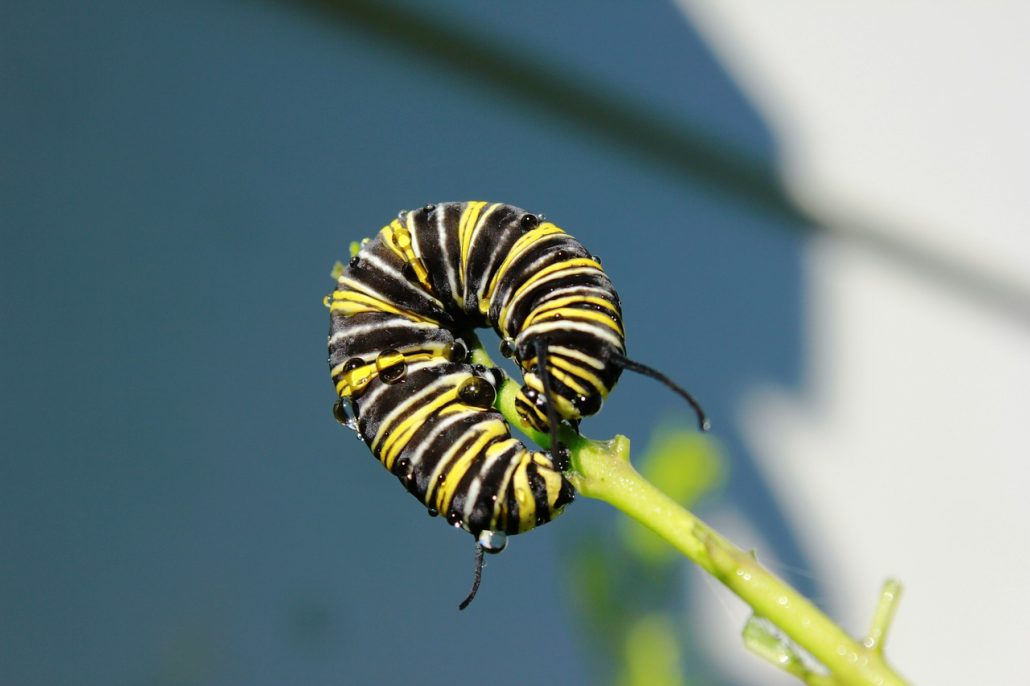
Monarch eggs are usually can find them in the bottom of a milkweed leaf, small, creamy and spherical in shape. Monarch caterpillars may be chomping on a leaf or crawling about on the milkweed stem. The caterpillars go through four stages, growing bigger, more colorful and easily identifiable with each new stage.
Loss of milkweed breeding habitat as a result of increased use of herbicides on genetically modified herbicide-resistant cropland and land conversion, climate change and extreme weather, and logging at overwintering sites are the leading factors to decline of eastern monarchs. Additionally, natural enemies used in agricultural areas such as predators, parasites, and insecticides as well as diseases may also contribute to the decline.
It is always pleasurable to researchers, search through milkweed plants and find a monarch egg or caterpillar. Some of the organizations which related to wildlife conservation are collect data on Monarch population and milkweed. That information is still useful to Monarch researchers




